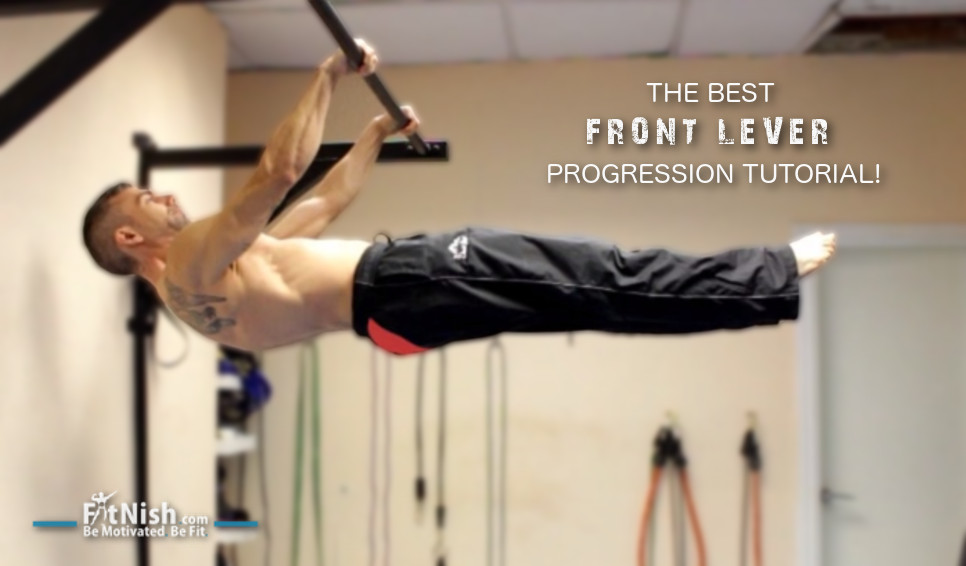The front lever is an advanced calisthenics exercise that requires a tremendous amount of strength, control, and balance. It is a static hold that involves hanging horizontally from a bar with the body parallel to the ground. This exercise works the entire body, particularly the core, back, and shoulder muscles.

Core Muscles
The core muscles are the main muscles involved in the front lever. These muscles include the rectus abdominis, obliques, and the transversus abdominis. The front lever requires a strong core to maintain the horizontal position and prevent the body from sagging down towards the ground.

Back Muscles
The back muscles are also heavily involved in the front lever. These muscles include the latissimus dorsi, rhomboids, and the erector spinae. The front lever requires a strong back to maintain the body's horizontal position and prevent the body from rotating.

Shoulder Muscles
The shoulder muscles are also engaged in the front lever. These muscles include the deltoids, rotator cuff muscles, and the serratus anterior. The front lever requires strong shoulder muscles to maintain the body's horizontal position and prevent the arms from sagging down towards the ground.

Arm and Grip Muscles
The arm and grip muscles are also involved in the front lever. These muscles include the biceps, triceps, forearm flexors, and extensors. The front lever requires a strong grip to maintain the body's horizontal position and prevent the arms from slipping off the bar.

Benefits of Front Lever
The front lever is a challenging exercise that offers several benefits. It increases upper body strength, improves core stability, enhances grip strength, and improves overall body control and coordination.

How to Perform Front Lever
The front lever is an advanced exercise that requires a lot of strength and practice. To perform the front lever, follow these steps:
- Hang from a pull-up bar with an overhand grip.
- Engage your core and lift your legs up to a horizontal position.
- Slowly lower your upper body until it is parallel to the ground.
- Hold this position for as long as possible.
- Slowly release and lower your legs back down.
It is essential to practice proper form and technique while performing the front lever. Beginners can start by practicing progressions such as the tuck lever or advanced tuck lever before attempting the full front lever.

Common Mistakes to Avoid
There are several common mistakes to avoid while performing the front lever. These mistakes include:
- Not engaging the core muscles properly
- Allowing the body to sag or rotate
- Not maintaining proper form and technique
- Trying to perform the exercise too quickly without proper preparation and practice
It is essential to take your time and practice proper form and technique while performing the front lever to avoid injury and achieve the best results.
Conclusion
The front lever is an advanced calisthenics exercise that works the entire body, particularly the core, back, and shoulder muscles. It offers several benefits, including increased upper body strength, improved core stability, enhanced grip strength, and improved overall body control and coordination. It is essential to practice proper form and technique while performing the front lever and avoid common mistakes to achieve the best results.